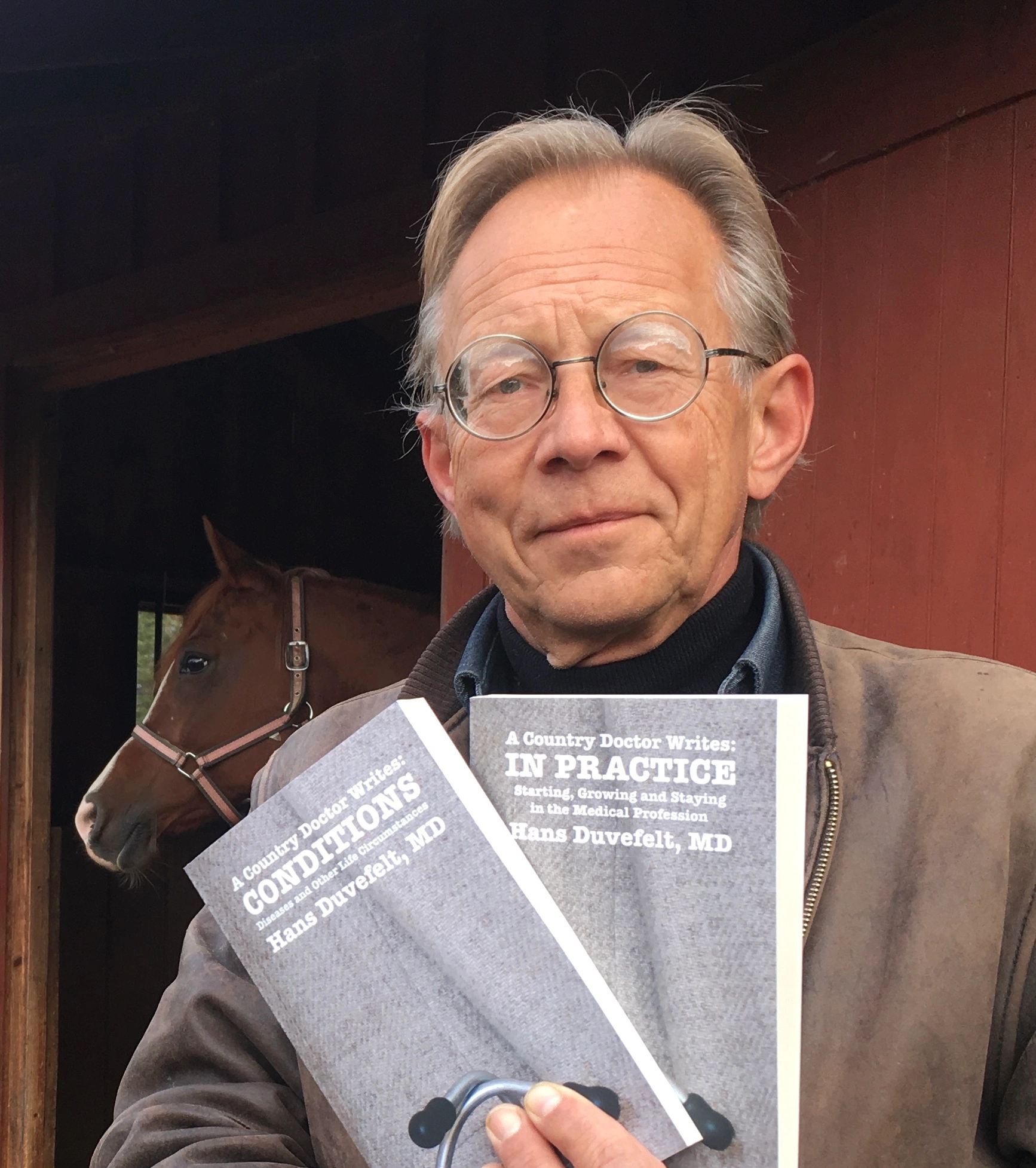In a perfect world, patients have one primary care doctor who knows what their specialist doctors are doing, prescribing and recommending, and one pharmacy that watches out for interactions between their treating physicians’ prescriptions.
But sometimes I just have to tell my patients to shop around for their medications, even though that creates some risks.
I have many patients without prescription insurance. Some of them are on our sliding fee program and also qualify for free drugs from the pharmaceutical companies. We call that prescription assistance. A coordinator within my organization helps patients apply for this and they may get several different brand name drugs from different companies. It is obviously up to me to make sure there are no interactions between the drugs I prescribe. But if such a patient fills a new medication at the pharmacy from an emergency room or specialist doctor, there is no one watching over this, because no one has that kind of information.
The other day I saw a new patient who had quit his job and moved to Maine. Six months from now he will have Medicare, but right now he is without insurance. He is a diabetic and takes half a dozen medications. He uses Walmart, which made sense to him as he was moving from one state to another and was able to transfer his prescriptions. But one of his latest prescriptions was an expensive diabetes medication. Alogliptin was one I had never heard of, but because sister drugs usually end with the same syllable, I deducted that it was a generic in the same family as Januvia.
This drug costs over $300 per month at Walmart. The discount website GoodRx has coupons for different pharmacies. The Walmart coupon brings the cost down to $160.63, but there is a better deal at $94.57 with Walgreens.
So I refilled his metformin and glipizide at Walmart and sent the alogliptin to Walgreens. The next day I got a call from the Walgreens pharmacist, asking why I had a diabetic on such a fancy drug as monotherapy instead of something more basic like metformin or glipizide. I told him the patient was on both, but at Walmart.
Continuity of care isn’t just a provider issue. It is also a pharmacy issue. We sometimes forget that. But it can come with a cost to the patients because of wide variation in drug prices. And this isn’t just for people without insurance. Medicare patients regularly end up in the benefit gap we call the doughnut hole, when their Medicare D prescription benefit is exhausted partway through the year. Those people, too, will find the best deal they can with competing pharmacies.











Holy crap, is this the US?ugh!
Yes, absolutely
The US system seems so incredibly complicated and very expensive, makes the swedish health care system look superior in so many ways. And still we complain… 😀
The US system seems so incredibly complicated and very expensive, makes the swedish health care system look superior in so many ways. And still we complain… 😀